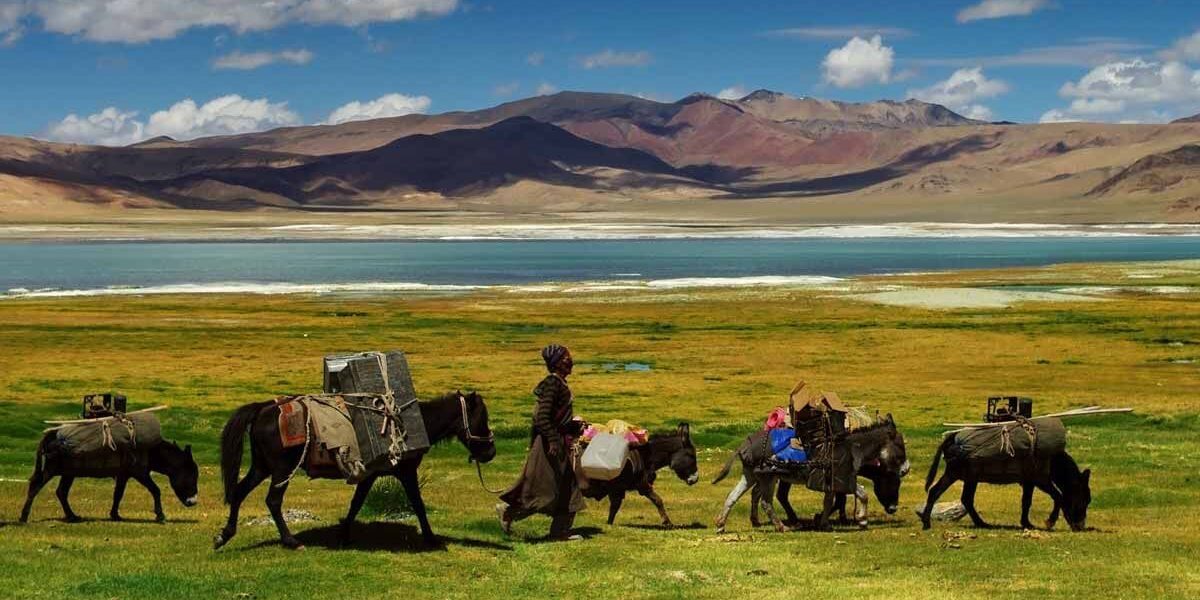Embarking on a journey with the Changpa nomads of Ladakh offers a rare glimpse into one of the world’s last true nomadic lifestyles. These pastoralists migrate seasonally across the stunning, high-altitude Changthang Plateau, adapting to the harsh landscapes and extreme climate of Ladakh. Here, we explore the unique cultural heritage of the Changpa, the magic of the Changthang Plateau, and how you, too, can experience life with the Changpa firsthand.
Introduction to the Changpa Nomads of Ladakh
The Changpa are an indigenous nomadic tribe living in Ladakh’s remote Changthang region, which borders Tibet. Known for their resilience, they continue to uphold a traditional pastoral lifestyle amidst challenging climates and extreme altitudes, herding yak, sheep, and especially the valuable pashmina goat.
Their seasonal migration routes—guided by the need for fresh grazing land and the rhythm of high-altitude seasons—shape not only their lifestyle but the landscape they inhabit.
The Cultural Heritage of the Changpa Community
Origins and History of the Changpa Nomads
The Changpa trace their roots to ancient Tibetan pastoralists, adapting for centuries to Ladakh’s unforgiving landscape. They developed distinct survival strategies and a deep connection to their herds, and these practices are preserved today in Ladakh’s Changthang region.
Customer Testimonial
“Seeing how the Changpa live and preserve their culture amidst such harsh conditions was humbling. They maintain ancient traditions that speak volumes about resilience.”
– Emily Ross, Anthropologist, United Kingdom
Traditional Beliefs and Tibetan Buddhism
Rooted in Tibetan Buddhism, the Changpa hold a profound respect for nature and their surroundings, which influences their nomadic practices. Every part of their journey—whether herding, caring for their animals, or setting up a new camp—is guided by spiritual beliefs that honor the interconnectedness of life.
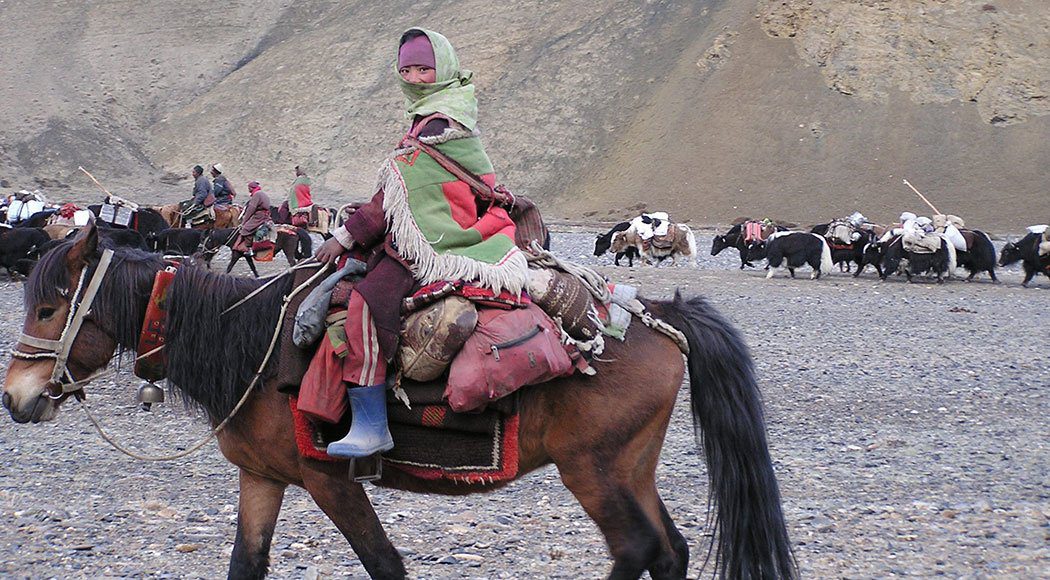
Role of Pashmina Goats in Changpa Culture
The Changpa are famously known for their pashmina goats, whose fine wool is a major economic asset. Known globally as the source of luxurious pashmina shawls, the Changpa carefully raise these goats, relying on the income from pashmina wool to sustain their livelihoods.
Customer Testimonial
“Watching the Changpa with their pashmina goats, you can feel the care and respect they have for these animals. It’s a beautiful way of life.”
– Arjun Malik, Textile Designer, India
The Changthang Plateau – Home of the Changpa
Geography and Climate of the Changthang Plateau
The Changthang Plateau is a high-altitude cold desert, with altitudes reaching up to 16,000 feet. With temperatures plunging to sub-zero levels in winter, the Changpa must contend with brutal winds and thin air. Yet, the plateau’s stark beauty—with snow-capped peaks and azure lakes—creates a surreal backdrop for their journey.
Wildlife of Changthang
This region is also home to unique wildlife, including the Tibetan antelope, blue sheep, and even the elusive snow leopard. These animals thrive in the high-altitude conditions, creating a delicate balance between nature and the Changpa’s pastoral practices.
Customer Testimonial
“Seeing rare animals like the blue sheep and the Tibetan antelope was thrilling. It’s incredible how the Changpa coexists with such diverse wildlife.”
– Lara Jansson, Wildlife Photographer, Sweden
The Seasonal Migration of the Changpa Nomads
Overview of the Changpa Migration Routes
The Changpa migration follows specific routes across the Changthang Plateau, moving with the changing seasons. During winter, they relocate to lower altitudes to avoid severe cold, and in summer, they head to higher pastures for fresh grazing land, herding yak and pashmina goats along these trails.
Life in the Nomadic Camps
The Changpa camps, known as Rebos, are unique tent structures made from yak wool, providing insulation from harsh winds and cold. Each camp has a defined structure: areas for cooking, sleeping, and animal care are thoughtfully organized, maintaining a strong sense of community.
The Challenges of High-Altitude Migration
Migrating across such extreme altitudes requires the Changpa to possess incredible endurance. From adjusting to high-altitude living to surviving sudden temperature drops, the Changpa navigate their path with practiced skill. They use herbal remedies and traditional techniques to stay healthy.
Customer Testimonial
“I learned so much from the Changpa about survival skills. They truly understand high-altitude life like no one else.”
– Miguel Torres, Adventure Enthusiast, Spain
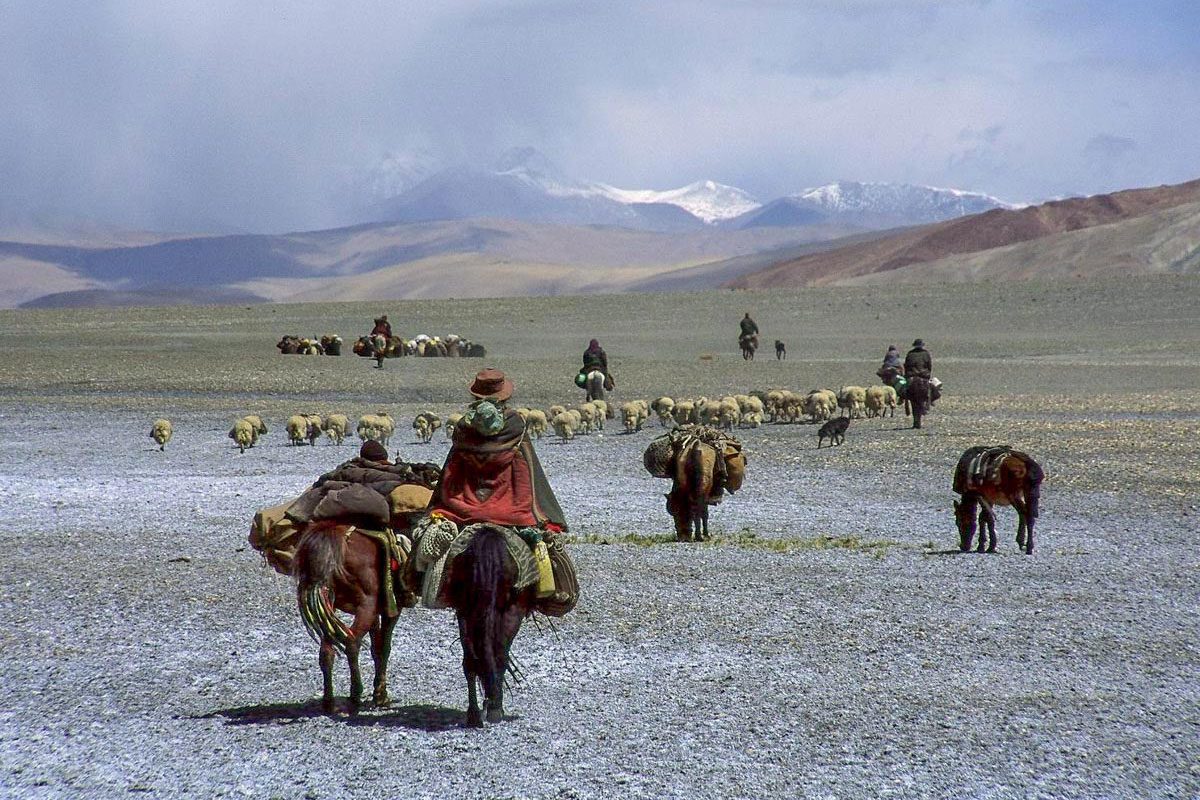
Experiencing the Changpa Migration Firsthand
How to Visit the Changpa Nomads in Ladakh
Traveling to the Changpa regions in Ladakh is best done with a guide familiar with the area and its customs. Summer (June to September) is the best time to visit as the Changpa are active in higher altitudes, allowing travelers to experience their pastoral life more comfortably.
Staying with the Changpa – What to Expect
Living with the Changpa provides a chance to observe daily routines, from milking pashmina goats to helping pitch tents. Visitors should come prepared for minimal comforts and an immersive cultural experience, respecting the Changpa’s simple lifestyle.
Participating in Daily Changpa Activities
Visitors can take part in several activities with the Changpa, like herding pashmina goats, learning about wool spinning, and helping set up camps. Sharing meals with the Changpa provides a special connection, often featuring tsampa (roasted barley flour), yak butter tea, and other local foods.
Customer Testimonial
“The experience was incredible. Participating in herding activities and sharing meals with the Changpa felt like stepping back in time.”
– Tom Reeves, Travel Blogger, Canada
Understanding the Changpa’s Role in Ladakh’s Ecosystem
Importance of Nomadic Pastoralism in Ladakh
The Changpa’s migratory patterns contribute significantly to Ladakh’s ecosystem, preventing overgrazing and supporting soil regeneration in high-altitude regions. Their herding techniques promote a natural ecological balance, ensuring that their grazing lands remain productive and healthy.
Sustainable Practices and Environmental Adaptation
Changpa practices are inherently sustainable. They live with minimal waste, use biodegradable materials, and ensure their animals do not disrupt local biodiversity. This respect for nature is integral to their way of life.
Conservation Challenges in the Changthang Region
The Changpa face growing threats from climate change, which impacts grazing availability and water sources. External pressures, such as tourism and infrastructure development, pose challenges to their traditional lifestyle and the ecosystem they help maintain.
Customer Testimonial
“The Changpa’s dedication to sustainable practices impressed me. They’re a perfect example of humans living harmoniously with nature.”
– Elena Kovacs, Environmental Scientist, Austria
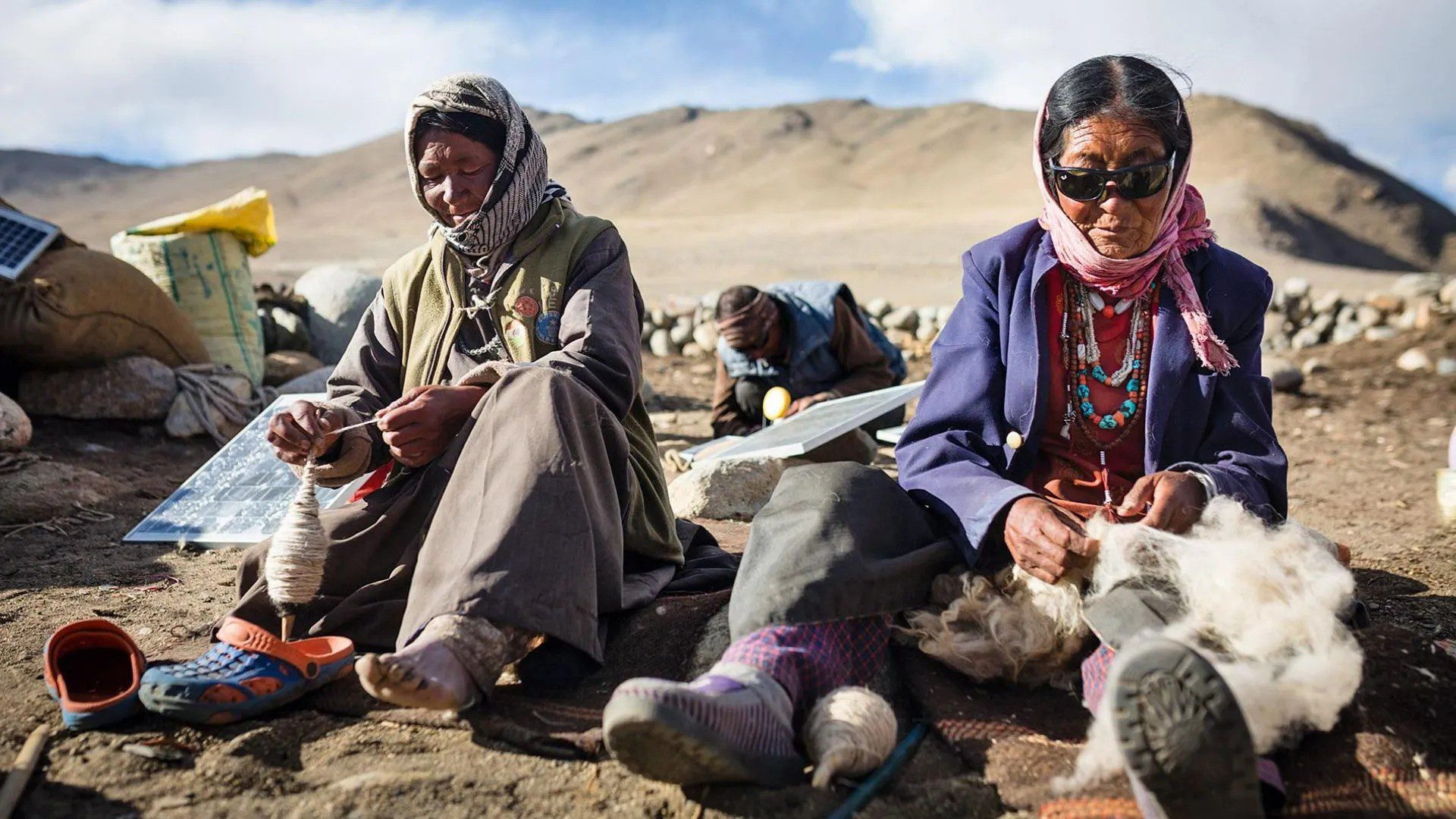
The Future of the Changpa Community
Impact of Climate Change on Nomadic Lifestyles
With unpredictable weather patterns, reduced grazing areas, and water scarcity, the Changpa face growing challenges from climate change. These factors influence their migration routes and may eventually impact the Changpa’s way of life.
Modernization and Cultural Preservation
While some Changpa adapt to modernization, many seek to preserve their culture. Efforts to protect their language, customs, and traditional knowledge are ongoing, helping younger generations understand the value of their heritage.
Efforts to Preserve the Changpa Heritage
Local NGOs and the Ladakhi government have initiated programs to protect the Changpa’s culture. Pashmina cooperatives, educational programs, and sustainable tourism efforts all work toward safeguarding their heritage.
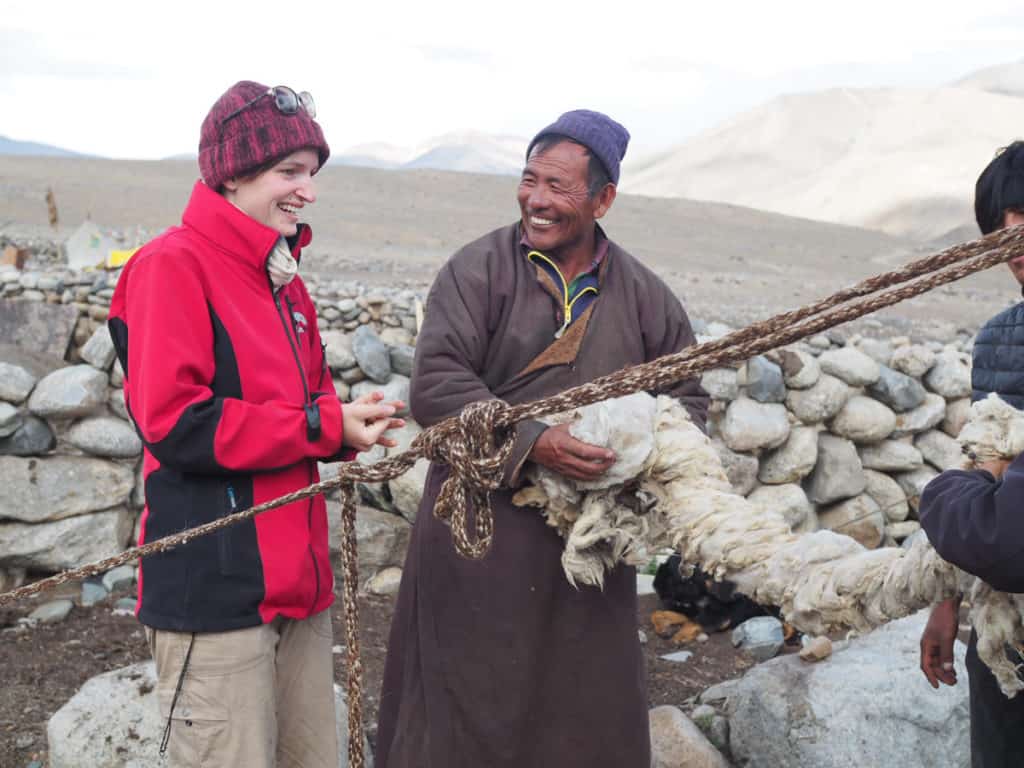
Tips for Travelers to Ladakh’s Changpa Regions
Responsible Tourism in Ladakh
Respecting the Changpa’s way of life is key to visiting their community. Travelers should avoid bringing plastic waste, respect local customs, and support ethical tourism programs.
What to Pack for High-Altitude Travel
Essentials for high-altitude travel include warm clothing, high-calorie snacks, hydration tablets, and sunscreen. Staying prepared helps travelers comfortably navigate Ladakh’s challenging climate.
Essential Etiquette When Visiting Changpa Communities
When visiting, observe Changpa customs, dress conservatively, and avoid photographing people without permission. Understanding basic Ladakhi greetings and observing Buddhist practices can help travelers show respect.
Conclusion: The Lasting Legacy of Ladakh’s Changpa Nomads
The Changpa’s rich culture and resilience serve as a reminder of the beauty and fragility of traditional ways of life. Visitors to the Changthang Plateau can contribute to the Changpa’s future by supporting sustainable tourism and honoring the customs that keep their heritage alive.
Customer Testimonial
“Visiting the Changpa made me appreciate how connected they are to their land. I felt like I was learning from the wisest teachers of nature.”
– Isabel Lee, Educator, Singapore
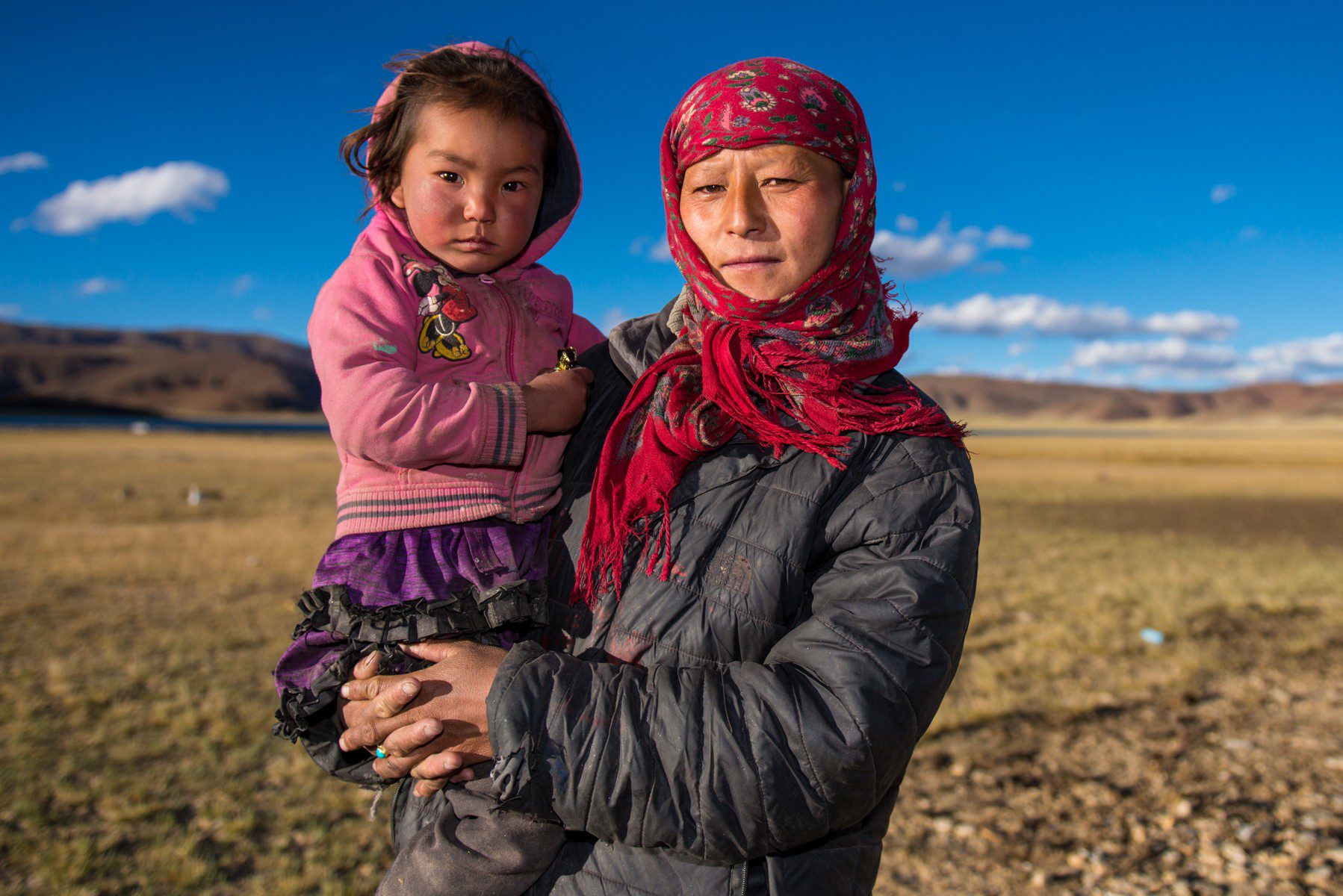
FAQs About the Changpa Migration in Ladakh
Q: How can I witness the Changpa migration in Ladakh?
A: The best time to witness the Changpa migration is during the summer months (June to September) when they move to higher pastures. Guided tours or local connections can help you access Changpa camps respectfully.
Q: What makes the Changthang Plateau unique?
A: The Changthang Plateau is a high-altitude cold desert with unique biodiversity and a challenging climate, home to rare wildlife and rich cultural traditions of the Changpa.
Q: What is the best time to visit Ladakh to meet the Changpa nomads?
A: Summer is ideal as the Changpa stay in accessible locations. Winter months can be extremely harsh and inaccessible.
Q: How does pashmina wool production impact the Changpa lifestyle?
A: Pashmina wool is a crucial economic resource for the Changpa, supporting their pastoral lifestyle and connecting them with global markets through textile trade.
Q: What are the biggest challenges faced by the Changpa community today?
A: Climate change, limited grazing land, and pressures from modern development threaten the traditional Changpa way of life.
Q: How can travelers practice responsible tourism in Changpa regions?
A: Travelers should avoid littering, respect local customs, support eco-friendly programs, and avoid disrupting wildlife or grazing areas.

